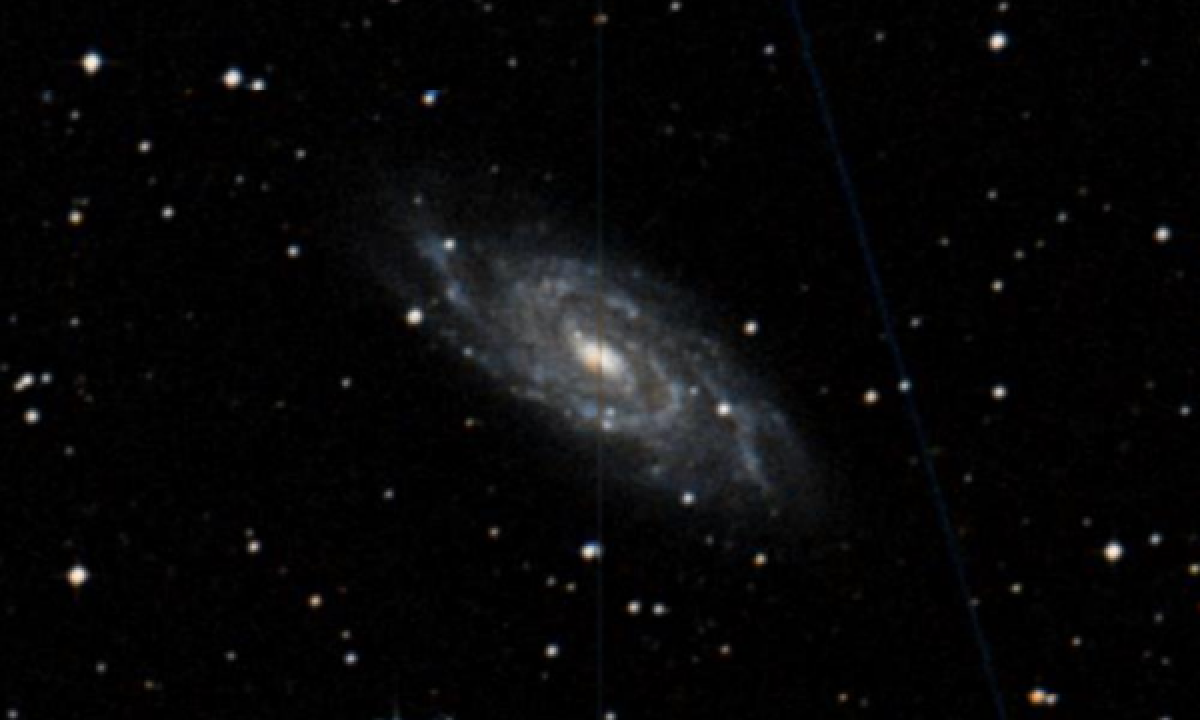The New General Catalogue of Nebulae and Clusters of Stars (abbreviated as NGC) is a catalogue of deep-sky objects compiled by John Louis Emil Dreyer in 1888. The NGC contains 7,840 objects, known as the NGC objects. It is one of the largest comprehensive catalogues, as it includes all types of deep space objects, including galaxies, star clusters, emission nebulae and absorption nebulae.
Know more about NGC
NGC 6118

NGC 6118 is a grand design spiral galaxy located 83 million light-years away in the constellation Serpens (the Snake). It was discovered on 14 April 1785 by German-British astronomer William Herschel. NGC 6118 measures roughly 110,000 light-years across; about the same as our own galaxy, the Milky Way. Its shape is classified as SA(s)cd, meaning that it is unbarred and has several rather loosely wound spiral arms. The large numbers of bright bluish knots are active star-forming regions where some very luminous and young stars can be perceived. Because NGC 6118 has loosely wound spiral open arms, no clear defined spiral arms like the Milky Way galaxy and lacks a central bar, the galaxy thus does not have a galactic habitable zone like the Milky Way. For the Milky Way, the galactic habitable zone is commonly believed to be an annulus with an outer radius of about 10 kiloparsecs and an inner radius close to the Galactic Center, both of which lack hard boundaries. NGC 6118 is difficult to see with a small telescope. Amateur astronomers have nicknamed it the "Blinking Galaxy", as it has a tendency to flick in and out of view with different eye positions.
More Images:

Sources:
Wikipedia Page: NGC 6118
NGC 6118 at In-The-Sky website
